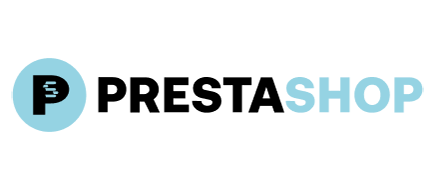
Unless you were born yesterday, it’s not a big news that Magento (now known as Adobe Commerce) has maintained a strong presence in the enterprise e-commerce solutions market for nearly two decades, though the landscape has evolved significantly.
Historically, when the 1.9 version was considered cutting-edge (before Magento 2.0 became stable and widely adopted), its key features included:
- Responsive Design - default Magento theme was replaced with a fully responsive one that will make your site look great both on the desktop and mobile devices.
- PHP 5.4 Patch - at the time, Magento 1.9 was updated to operate under PHP 5.4 (and 5.5), bringing significant performance gains to PHP-based websites.
- PayPal Overhaul - your conversion rate will be boosted with the help of PayPal Express Checkout streamlining and adding the support of Bill Me Later facility.
- Security Enhancements - you can feel safer now with closing of potential cross-site scripting (XSS) vulnerabilities and improving the security of file system.
- Cross-Border Trade - now Magento is able to adapt to different currencies and legalities making international trade much easier.
Naturally, these advantages were worthy of a shopping cart upgrade. For a successful platform transition, it's essential to consult a comprehensive migration checklist. But then the obvious question emerges - how to do it? Moreover, how to omit downtime and, as a result, revenue reduction? Try to look up for the answers to all these questions on the following infographic:

At its release, Magento 1.9 was seen as a significant evolution, offering advanced features that were highly valued by store owners seeking improvements at the time.
If after looking through this infographic, you are still considering an upgrade from Magento 1.8 to 1.9, please note that Magento 1.x is now a legacy platform and no longer officially supported. For a modern, secure, and high-performing solution, we strongly recommend exploring migration to the latest Adobe Commerce (Magento 2.x) or other leading contemporary eCommerce platforms. You can still find resources for your Magento store, but our specialized data migration services can guide you through this complex transition to a supported platform.
Monthly Update – December 2025
The e-commerce landscape in late 2025 continues its rapid evolution, with Artificial Intelligence (AI) and hyper-personalization at the forefront of innovation. Retailers are no longer just optimizing for mobile; they're optimizing for individual customer journeys. AI-driven analytics are enabling stores to predict consumer behavior with unprecedented accuracy, leading to dynamic pricing, personalized product recommendations, and tailored marketing campaigns. Headless commerce architectures are also gaining traction, offering unparalleled flexibility and speed for businesses looking to deliver seamless experiences across multiple touchpoints, from web and mobile apps to IoT devices and voice assistants. This modular approach allows for greater agility in integrating new technologies and scaling operations. For a successful migration in this dynamic environment, prioritizing data integrity, platform compatibility with AI tools, and a future-proof architecture is crucial. Staying abreast of these trends ensures that your re-platforming effort delivers long-term value and competitive advantage.
For more details, explore our FAQ section or schedule a call with a migration expert.



